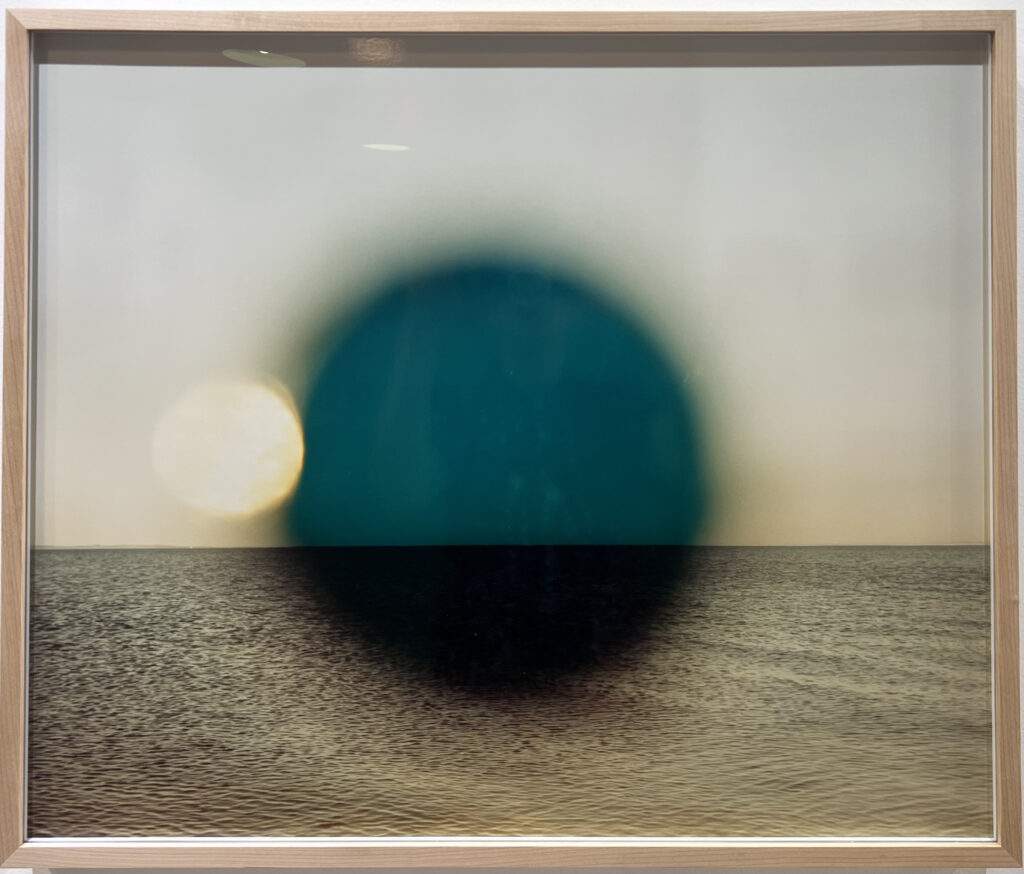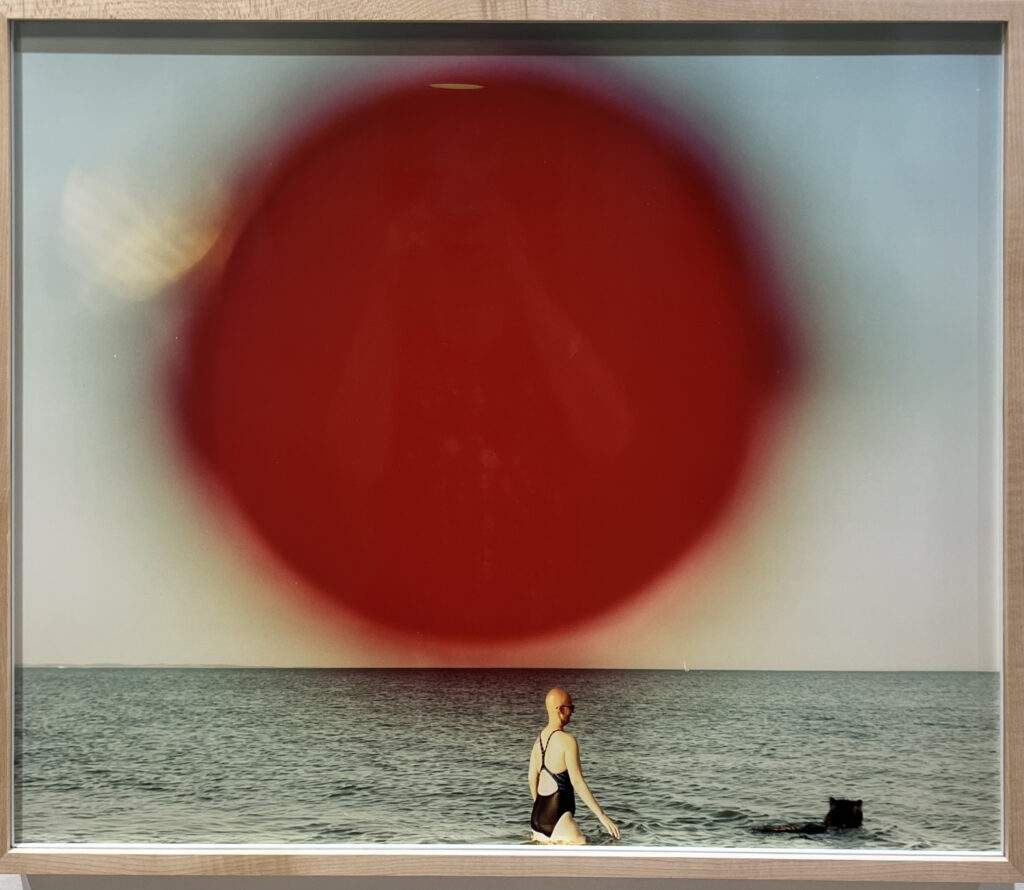Artist Statement
American multimedia artist and writer, Warren Neidich, gathers poesis and methods of pataphysics to generate text-based works of illuminated neon glass manifested as politically motivated conceptual, diagrammatic constellations in collision with paintings, video and photography. His photographic works, in the tradition of the French Nouvelle Vague, foreground the apparatuses of photographic and filmic production to unveil and highlight the conditions of artistic production as a means to create a new vocabulary for image realization. Neidich superimposes, apparatuses. used in the medical arts to diagnose and heal afflictions of the eyes and gaze, in front of the apparatuses of photographic camera lenses to create strange and elusive images. The interface of this doubling creates aberrations that ricochet off the picture plane which are embraced instead of being edited out. This inclusion of the mistake is a metaphor for the realization of difference as a means to embrace diverse forms of seeing and thinking. Double Vision, Louse Point was a series of photographs realized at Louse Point in East Hampton, New York famous as a meeting point of the abstract expressionist including Jackson Pollock, Lee Krasner and William De Kooning. The work follows and engages with his now classic work American History Reinvented, 1985-1993, published as a catalogue by Aperture in 1989, which uses various forms of emancipatory dispositifs to rewrite normative historical narratives.
Bio
Trained in art, architecture, and neuroscience American artist Warren Neidich creates cross-pollinating conceptual works that reflect upon situations at the border zones of art, science, and cognitive justice. Recent awards include Maison Sugar Fellowship, Paris, 2023, Getty Research Fellowship 2023, Stiftung Kunstfonds NEUSTART KULTUR (2020 and 2021) and the Hauptstadtkulturfonds Berlin(2021). In 2015 he founded and now directs the Saas-Fee Summer Institute of Art; a nomadic art academy focusing on the state of contemporary theory especially as it relates to art, culture, politics and the brain. Selected one-person and group exhibitions include the Venice Biennial, Whitney Museum of American Art, P.S.1 MOMA, Walker Art Center, MIT, List Visual Art Center, (Cambridge), Museum of Contemporary Art (Chicago), Los Angeles County Museum of Art, National Museum of American Art (Washington D.C., US) and the UCR, California Museum of Photography. His work has been the subject of over 150 magazine and newspaper articles, including The New York Times, Time Magazine, Artforum, Art in America, Kunstforum International, The Art Newspaper, Hyperallergic, and the Los Angeles Times.

